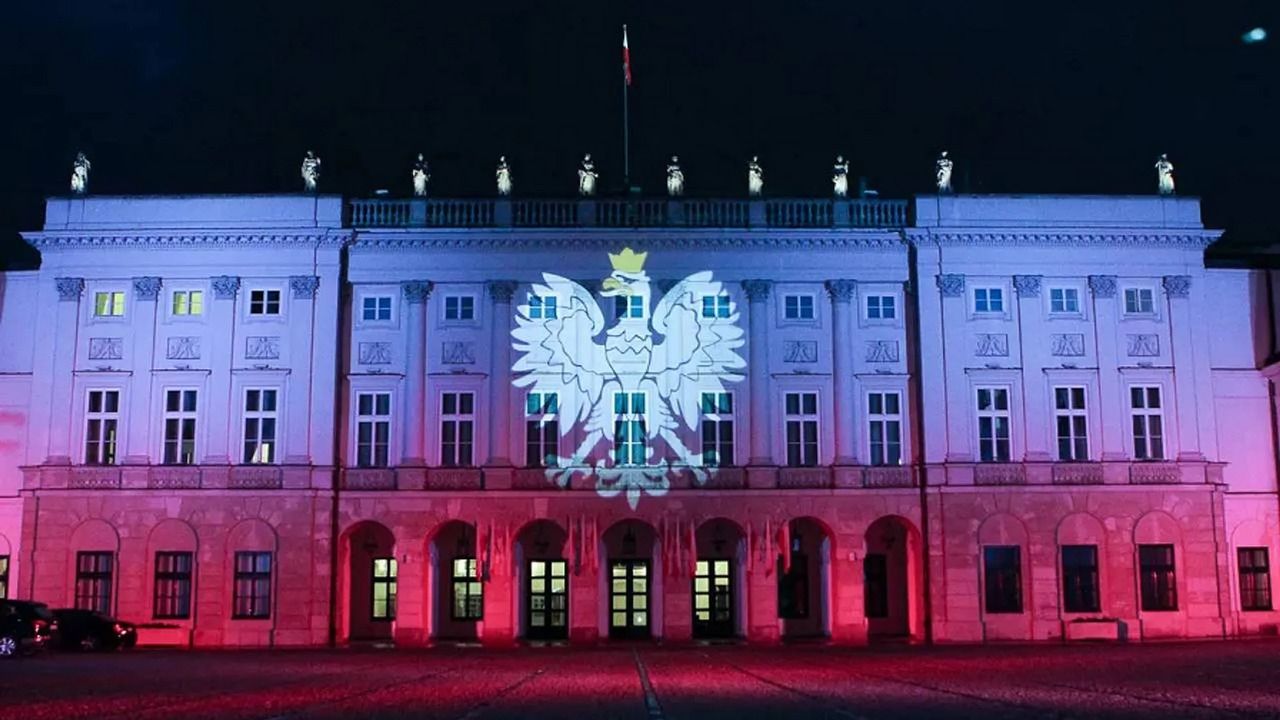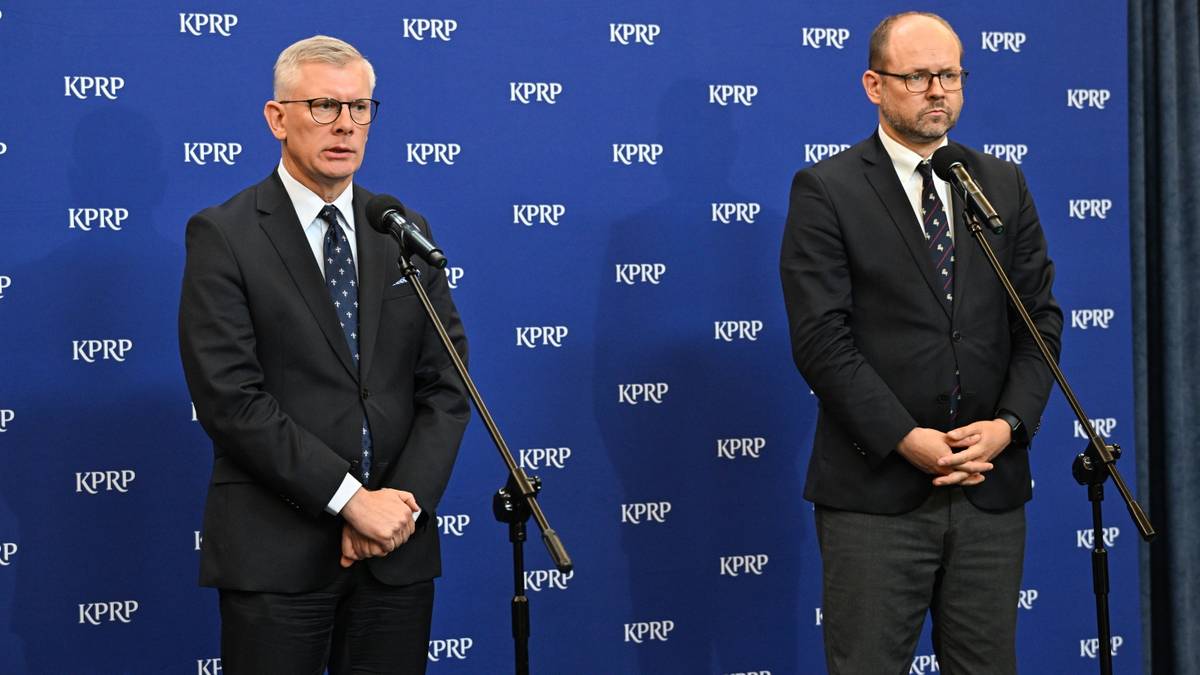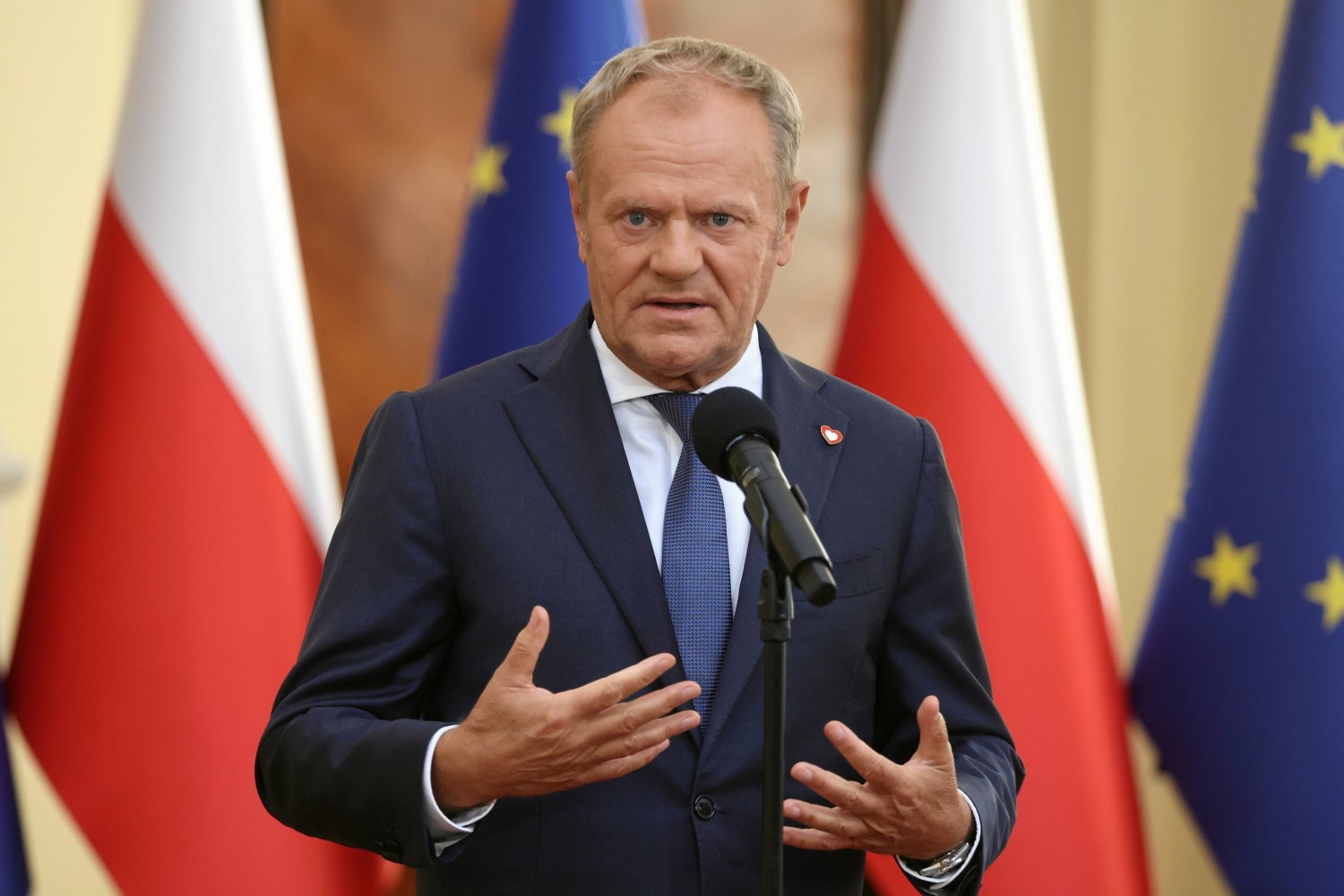In early February Russia carried out a mysterious space mission, the details of which were not revealed by the Ministry of Defence there. 3 satellites entered orbit as part of the operation, but in mid-March, an additional unknown object was observed close them.
Experts speculate that it may be utilized for spy purposes, especially in the context of monitoring American individuals in space.
Launch and deployment of satellites
The mission began on a cosmodrome in Plesicek, where the Soyuz-2.1V rocket was launched. It featured 3 satellites designated Space 2581, 2582 and 2583. They hit a polar orbit at an altitude of 585 kilometres above Earth. From the first days of their presence in space, satellites have shown different behaviour, which has attracted interest from experts active in the survey of the movement of orbital objects.
Unidentified facility close Russian satellites
The top stir among specialists and American space forces sparked the discovery made on March 18. It was then observed that an additional unknown object appeared at a close distance from Russian satellites. According to expert analysis, it was most likely placed in orbit by 1 of the satellites, specifically Space 2581. However, its functions and destiny stay unknown as the Russian Ministry of Defence has not provided any authoritative information on this subject.
Possible mission objectives – is this espionage?
Russian satellites have led experts to believe that they can execute military reconnaissance functions. Analysis indicates that they are moving close another orbital objects, which may propose conducting spy activities. The suspicions lie primarily in the anticipation of monitoring American space units, which raises concerns among military and safety specialists.
Although authoritative information on the mission is missing, unofficial reports and expert observations indicate that Russia can make fresh technologies for military space use. The case remains open and further activities of these facilities will be subject to careful reflection by global institutions.













